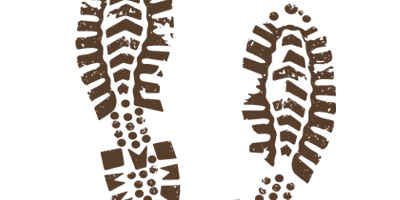Catastrophe Awareness – Preppers Communication Plan
Resource: Catastrophe Network
With Thanks to Vickie for sharing!
Catastrophe Network and The American Preparedness Radio Network (TAPRN) have teamed up to create a Standardized Amateur Radio Prepper Communications Plan. This plan outlines a standard set of frequencies that should be used by all preppers following a catastrophic disaster. These frequencies will serve as a meeting point where information about the event can be shared and actions between like minded preppers can be communicated.
This plan will not and cannot work if it is not widely publicized in the prepper community! All preppers must know and understand these frequencies in order for them to become common meeting points. This is your call to action, if you are a licensed Amateur Radio operator and a prepper, please spread the word about this new communications plan. Tweet about it, blog about it, and most of all…share the document!
Click here to download the latest copy of the Standardized Amateur Radio Prepper Communications Plan.
The following are the frequencies that have been designated by Catastrophe Network and the The American Preparedness Radio Network (TAPRN):
80 Meters – 3.818 MHz LSB (TAPRN Net: Sundays at 9 PM ET)
40 Meters – 7.242 MHz LSB
40 Meters Morse Code / Digital – 7.073 MHz USB
20 Meters – 14.242 MHz USB
2 Meters – 146.420 MHz FM
FRS/GMRS – Channel 4 (462.6375 MHz)
CB – Channel 4 (27.005 MHz)
MURS – Channel 4 (154.570 MHz)
Aside from the TAPRN nets held on 3.818 and their digital net on 7.073, formal prepper nets will not be held on these frequencies. However, future exercises and drills may be held on-air between preppers and preppers are encouraged to use these frequencies to coordinate activities. Along the same lines, during catastrophes, it is unlikely that a formal net control will be established. The Standardized Amateur Radio Prepper Communications Plan outlines protocols for calling and communicating with other preppers.
Amateur Radio Stations using the Standardized Prepper frequencies of 3.818, 7.242, and 14.242 MHz transmit pertinent information in AM (Amplitude Modulation) mode rather than SSB (Single Sideband) mode so that those with less expensive shortwave receivers that do not receive SSB can still gather pertinent prepper information from the Amateur “Ham” Radio community.








